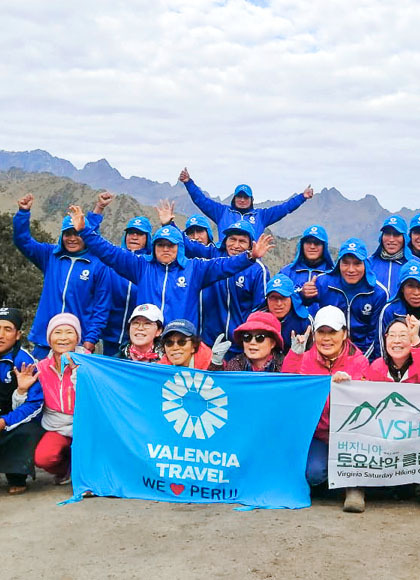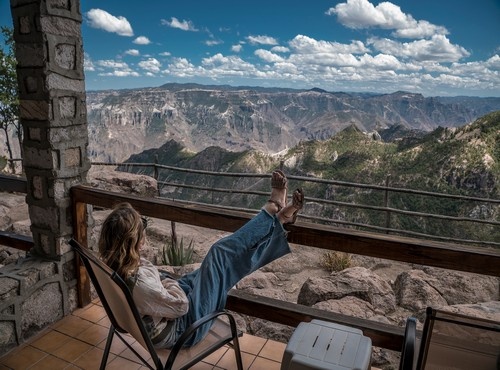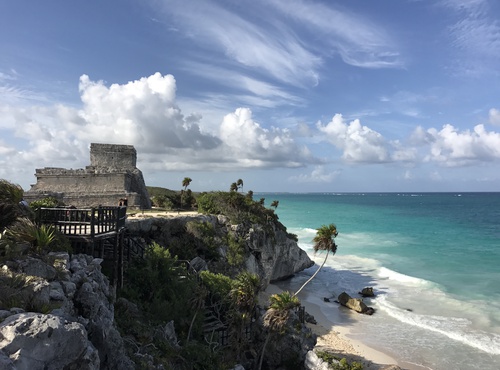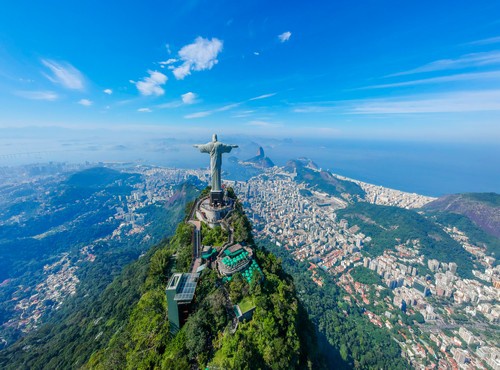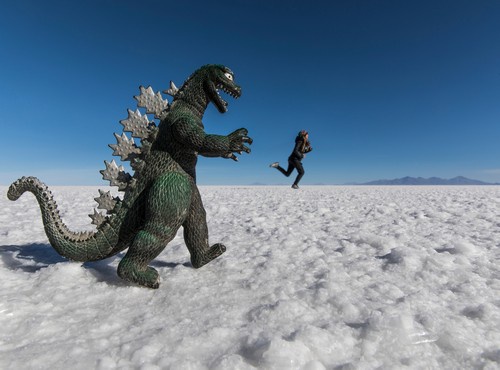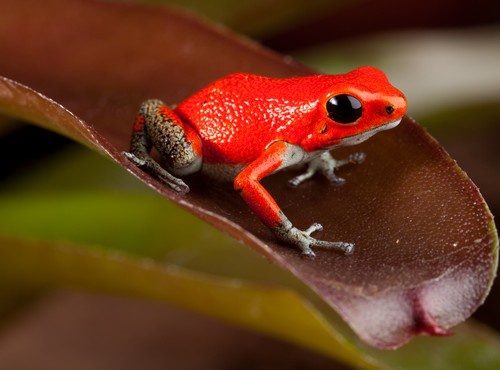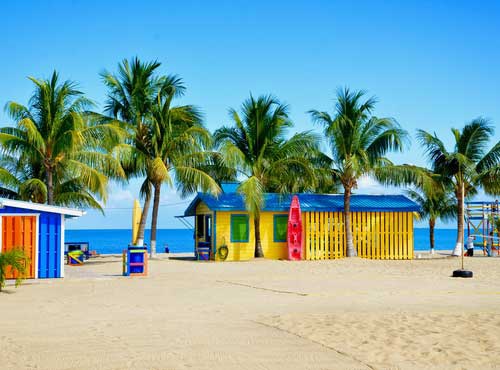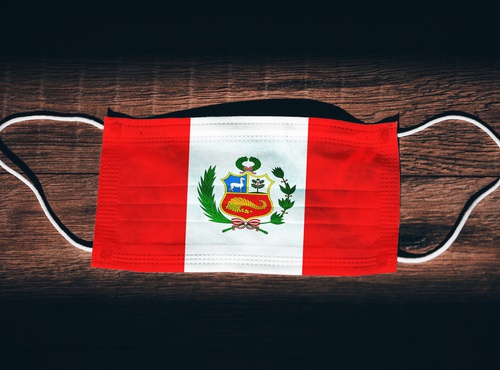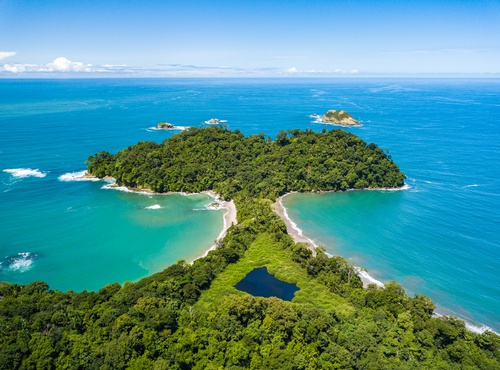
Written by:undefined undefined
Published: 30-12-2022
The Vilcabamba trek to Machu Picchu is a hidden treasure that has yet to be heavily impacted by tourism. The trail is remote, gorgeous, and super quiet. Trekkers get to pass through snow-capped mountains on many original and well-preserved Inca trails. Manco Inca and his successors dominated Vilcabamba after the Spanish invasion. Several administrative centers were built in honor of the emperors of the last Inca dynasty, from Manco Inca to Tupac Amaru. They created a neo-imperial state to preserve religious and astronomical knowledge while respecting the knowledge and traditions of other pre-Incan cultures. The territory of Vilcabamba is located northwest of the city of Cusco, in the province of Convención, in the eastern cordillera of the Andes. It has a chain of snow-capped peaks and mountains with high tropical forests where ecosystems constantly vary, passing through the high Andean plains drowned in an infinite forest of clouds.
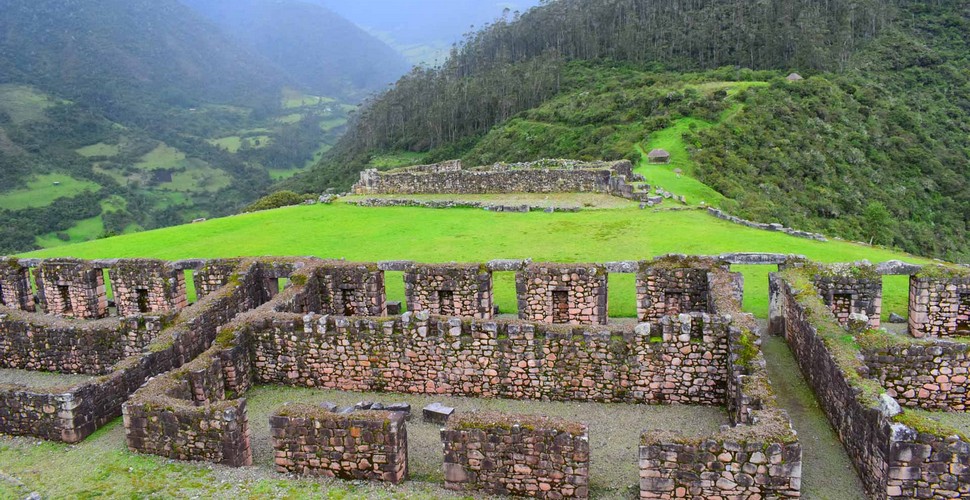
Vitcos
The Itinerary
Now before you get scared, this 12-day itinerary incorporates adequate acclimatization time in Cusco and the Sacred Valley to allow sufficient time to get used to the altitude and enjoy the most out of your Vilcabamba trek. You will enjoy the charms of the Inca Capital, Cusco, with a free day to explore the city before we head to The Sacred Valley on a visit to some of the significant archaeological sites such as Pisac and Ollantaytambo, which are the perfect precursor to the rest of the trip. We will also visit The Potato Park for spectacular insight into the authentic traditional Andean communities who continue to farm organically and sustainably, using ancestral techniques. The five small Andean communities which make up the 'Potato Park' aim to preserve their great diversity of potato varieties to safeguard them for future generations.
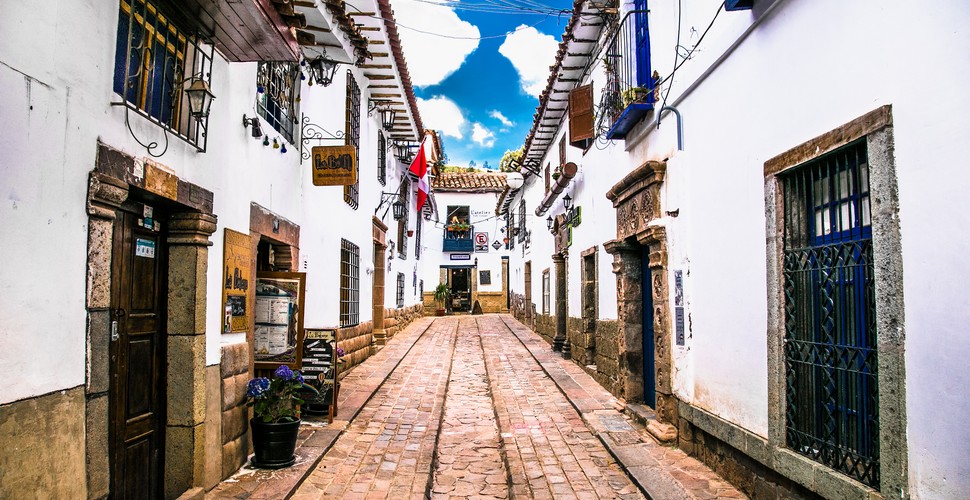
San Blas, Cusco
The Trek
After three days of acclimatization, we are ready to trek this incredible and ancient trek to Vilcabamba. Our vehicle will disappear into the mountains and be replaced by trusty pack-horses who will carry all the equipment and your belongings for this epic trek through the Andes to Machu Picchu.
Vilcabamba (Vitcos)
After a hearty lunch, we will begin the trekking expedition to the archaeological site of Vitcos, about an hour away. Here we will enjoy a tour and learn how and why the Incas fled from Cusco to this site specifically and other fascinating histories Vitcos holds. The Spanish were one of the first to speak of a lost city where the rebel Incas hid as they escaped the Spanish Conquistadors who had invaded Cusco. When the Spanish arrived in Peru, there were many fights between the Spanish and the Incas, which led many of the latter to take refuge in Vilcabamba, where they established a small government. The Vitcos archaeological complex, as it is also named, is located at approximately 2,700 meters above sea level, so from here, you have an impressive view of the Vilcabamba valley. It has three divisions and is very important in the history of the Incas because different negotiations with the Spanish were carried out there.
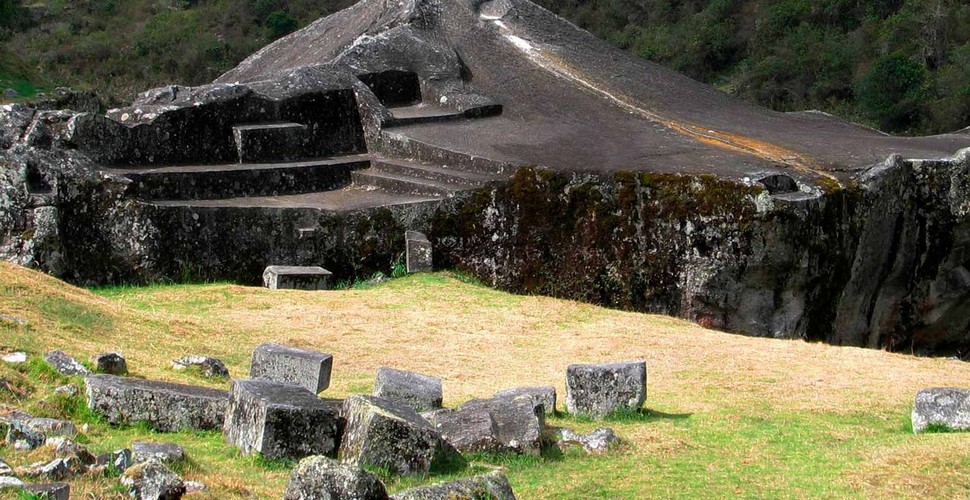
Vilcabamba
The White Rock
We then continue another hour to the religious site of Ñusta Hispana (The White Rock) with beautiful Inca carvings. It is even believed that the tomb of the Manco Inca is at this spot! The surrounding areas here have many ruins to explore. We will have an extensive tour of the place, learning about the rich history and significance of these sites.
Vistas of Salkantay
The next few days are all about trekking. The landscapes are varied and change dramatically depending on the altitude. From mountainous terrain and classic Andean passes, you will drop into the cloud forest over the next few days before crossing another pass reaching almost 5000 meters. There will be a mule by your side if at any point, you want to take a break from trekking or if you are feeling the effects of the high elevation. After crossing the pass, we will then be blessed with views of the magnificent Salkantay peak as well as the surrounding mountains. Once more, we will drop into the cloud forest as we reach our campsite after this epic few days of trekking.
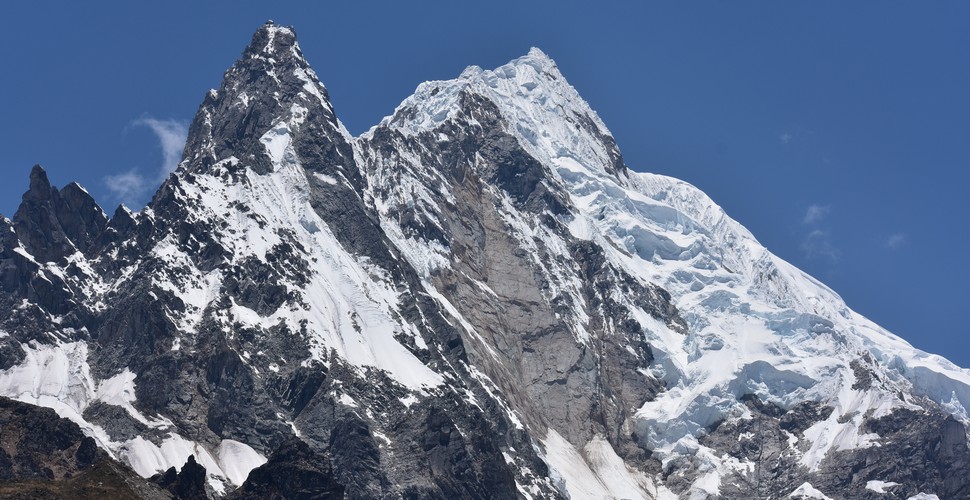
Salkantay
Trekking through Cloud Forests
The next section of the trek is somewhat different than we have experienced previously, with the terrain changing dramatically as we drop in elevation. Rugged mountain peaks and plains are transformed into lush green and humid conditions as we trek through coffee plantations. We will begin to climb once more as we travel to the archaeological site of LLactapata, with stunning views over The Santa Teresa valley. Llactapata translated as "high place," is located in the Cusco Region Santa Teresa District, high on a ridge between the Ahobamba and Santa Teresa. It is thought to have been a vital rest stop and roadside shrine on the journey to Machu Picchu. It probably played an essential astronomical function during the 'Solstices' and 'Equinoxes'.
Mandor
The next section of the route is along train tracks that take day trippers to Machu Picchu from Santa Teresa. Along the way, we will hike to the stunning Mandor waterfall. The Mandor waterfall has a slope of only thirty meters, and its waters are crystal-clear. Keep in mind when visiting the waterfall that this is the habitat of important flora and fauna, some of which are in danger of extinction, such as the spectacled bear, which is often seen here, so keep your eyes peeled!

Mandor Waterfall
Machu Picchu
What hasn't been said about the magnificent Inca Citadel of Machu Picchu? Machu Picchu, which means "Old Peak" in the Inca language of Quechua, is the region's most impressive and least understood of the Inca ruins. This self-contained city is thought to have served as a secret ceremonial city. Its secrecy was well guarded by its location, protected by the surrounding mountains and invisible from below. It is not mentioned in any of the chronicles of the Spanish conquistadors, and modern-day archaeologists can only speculate on its function. Enjoy a guided tour of the magnificent temples, buildings, and staircases, and marvel at the surrounding scenery, which is as spectacular as the engineering feat of building the city of Machu Picchu in this location.
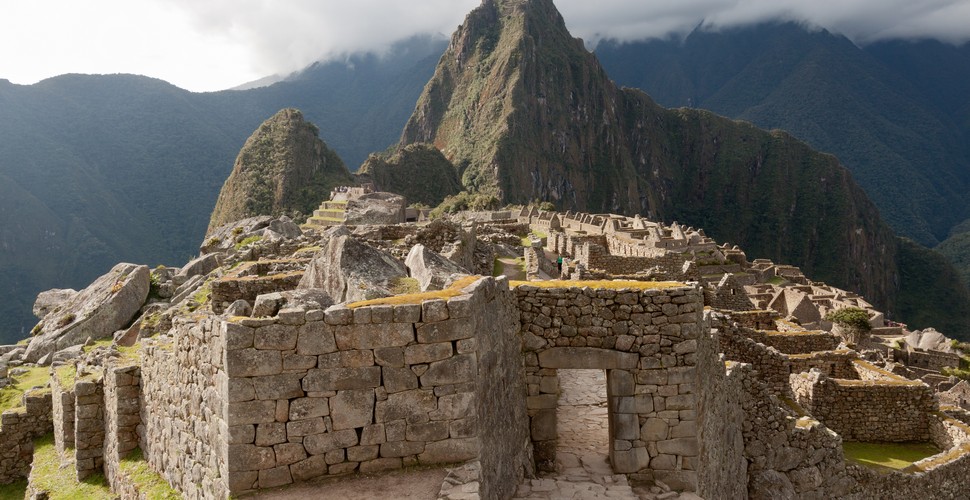
Machu Picchu
Book the 12-day Vilcabamba trek here!






